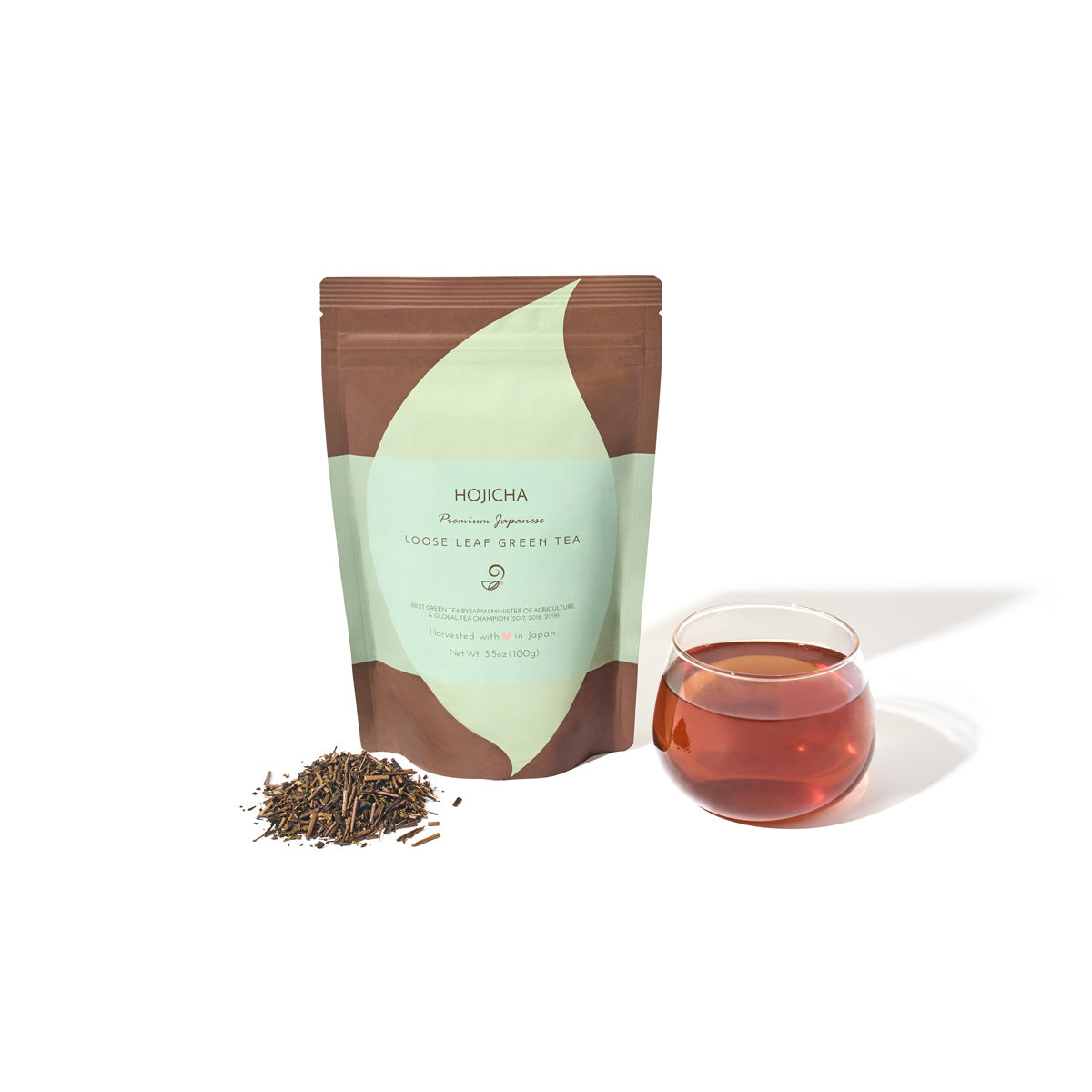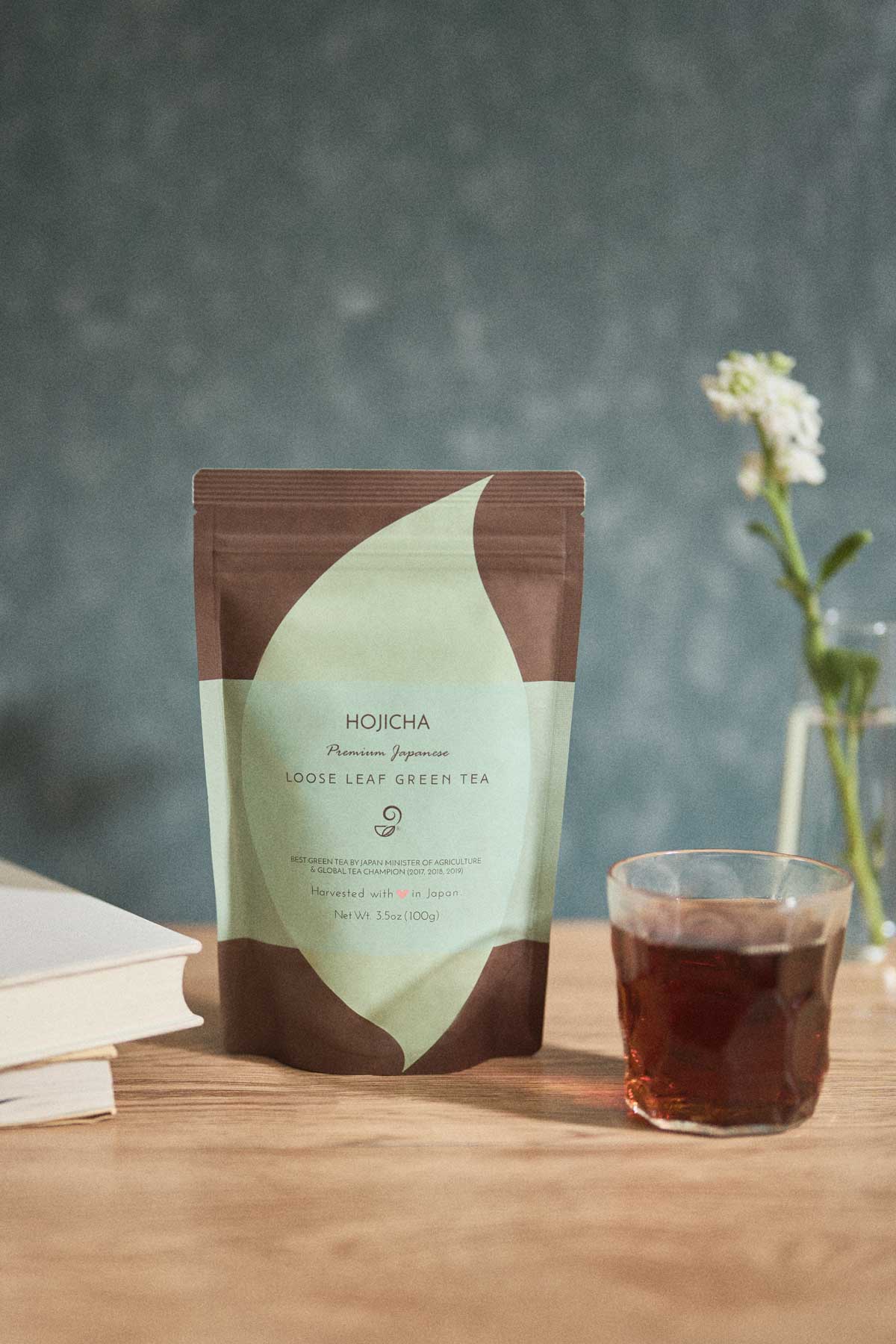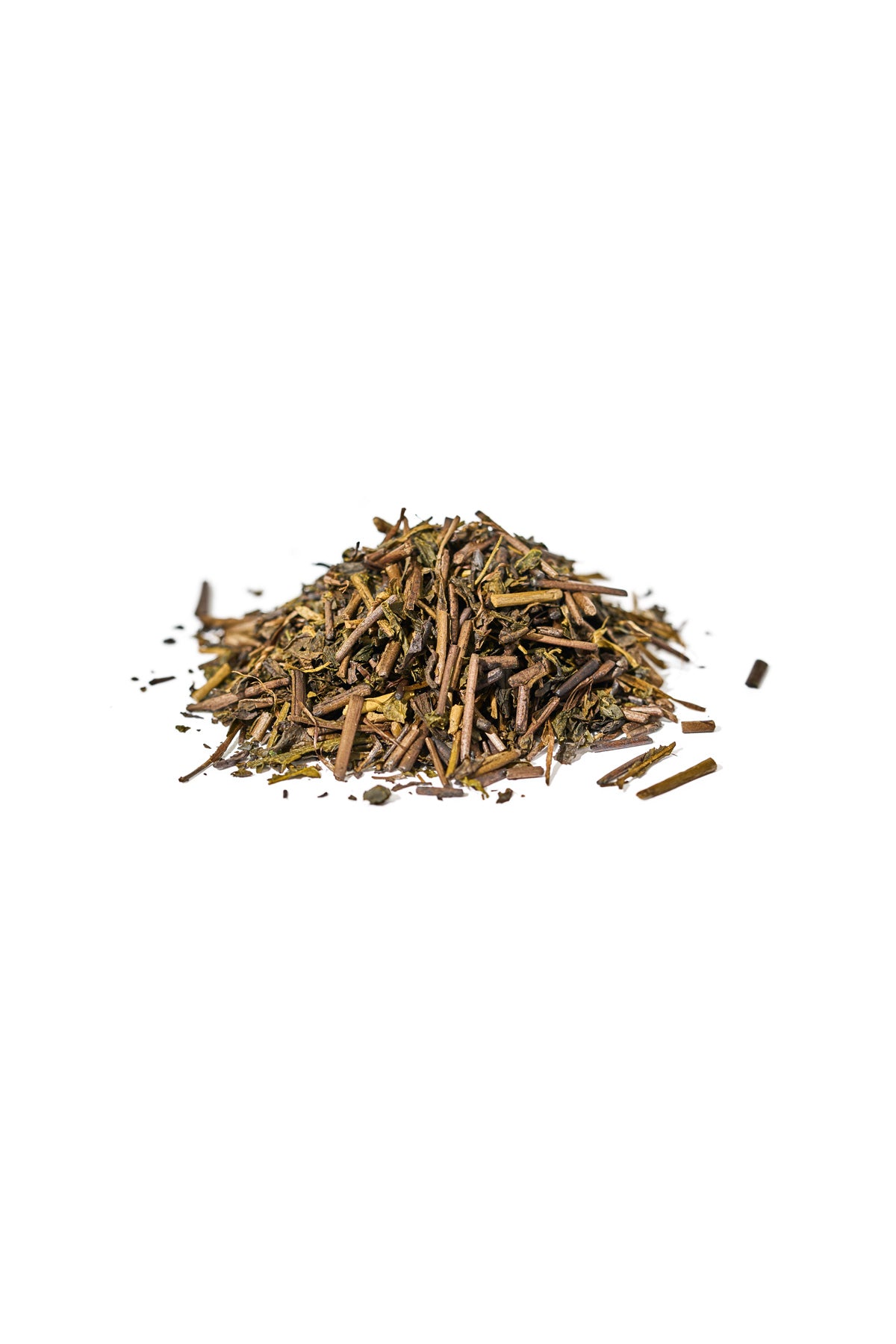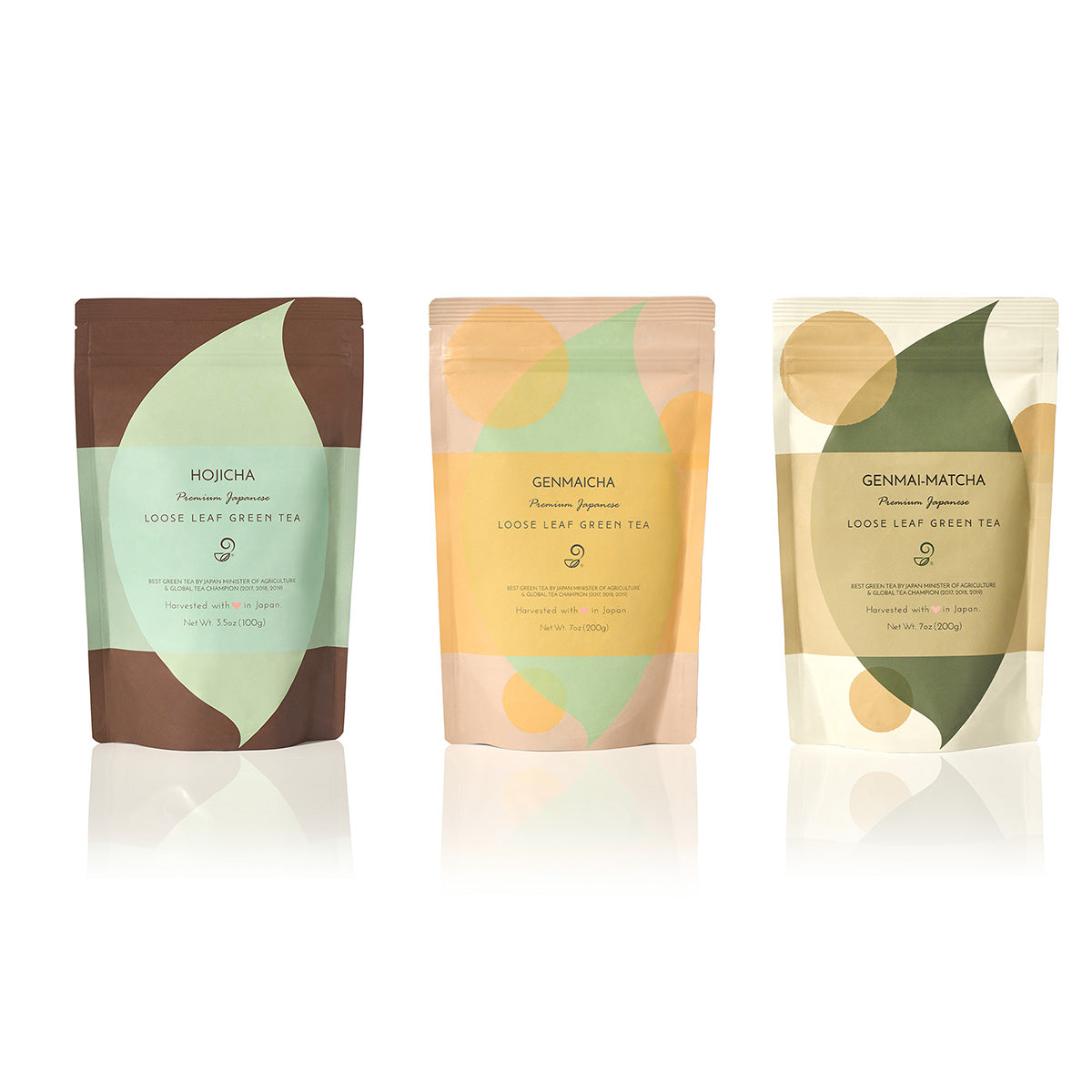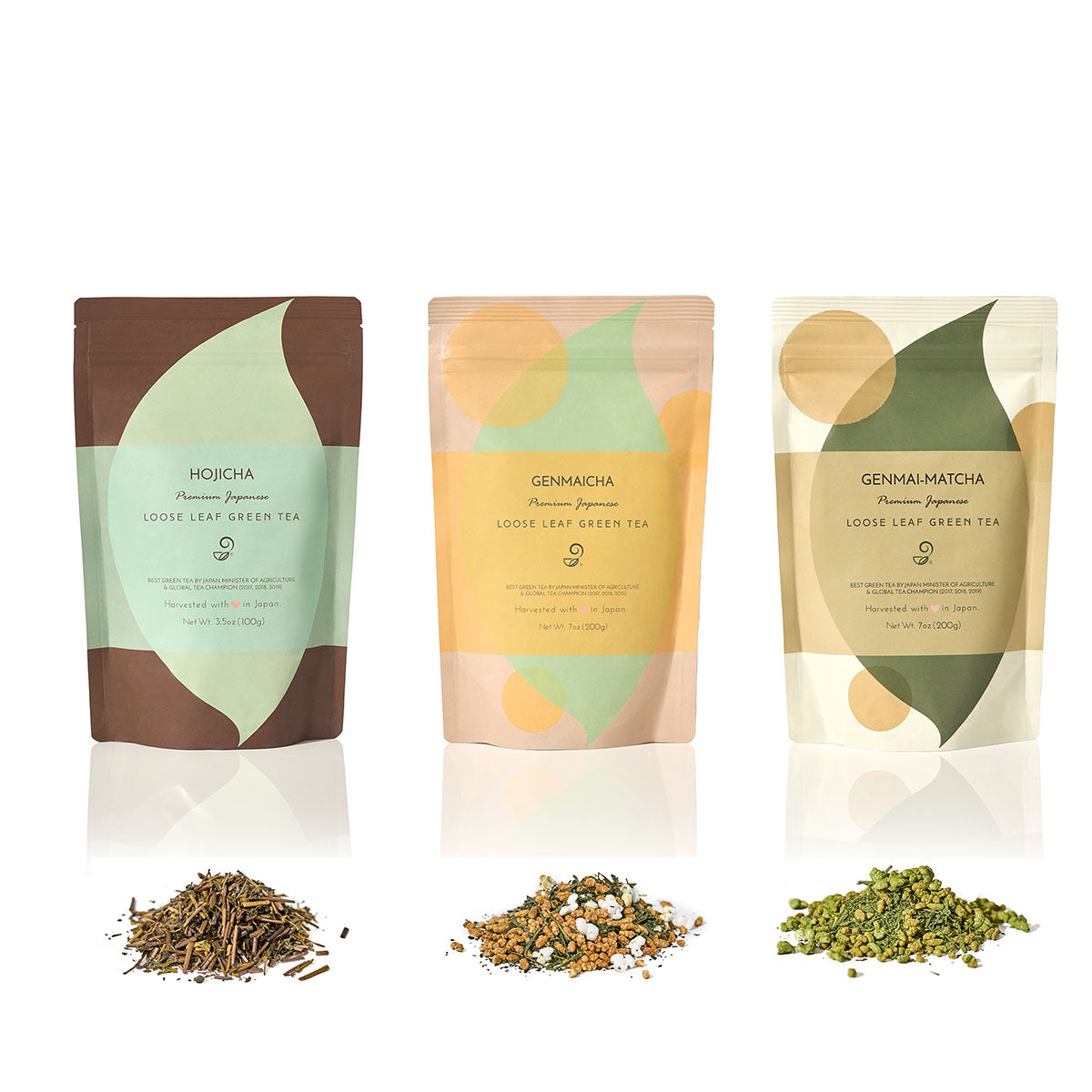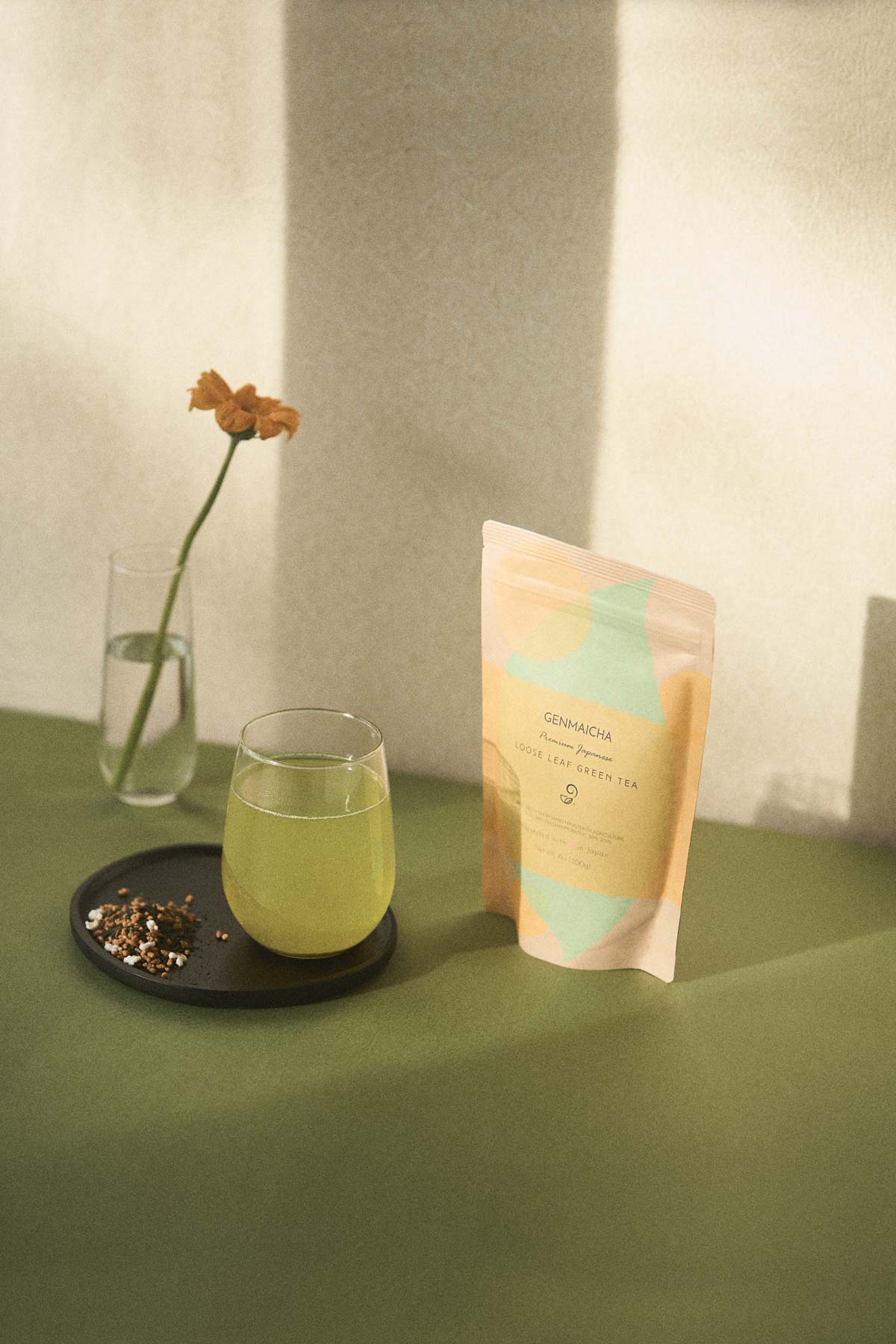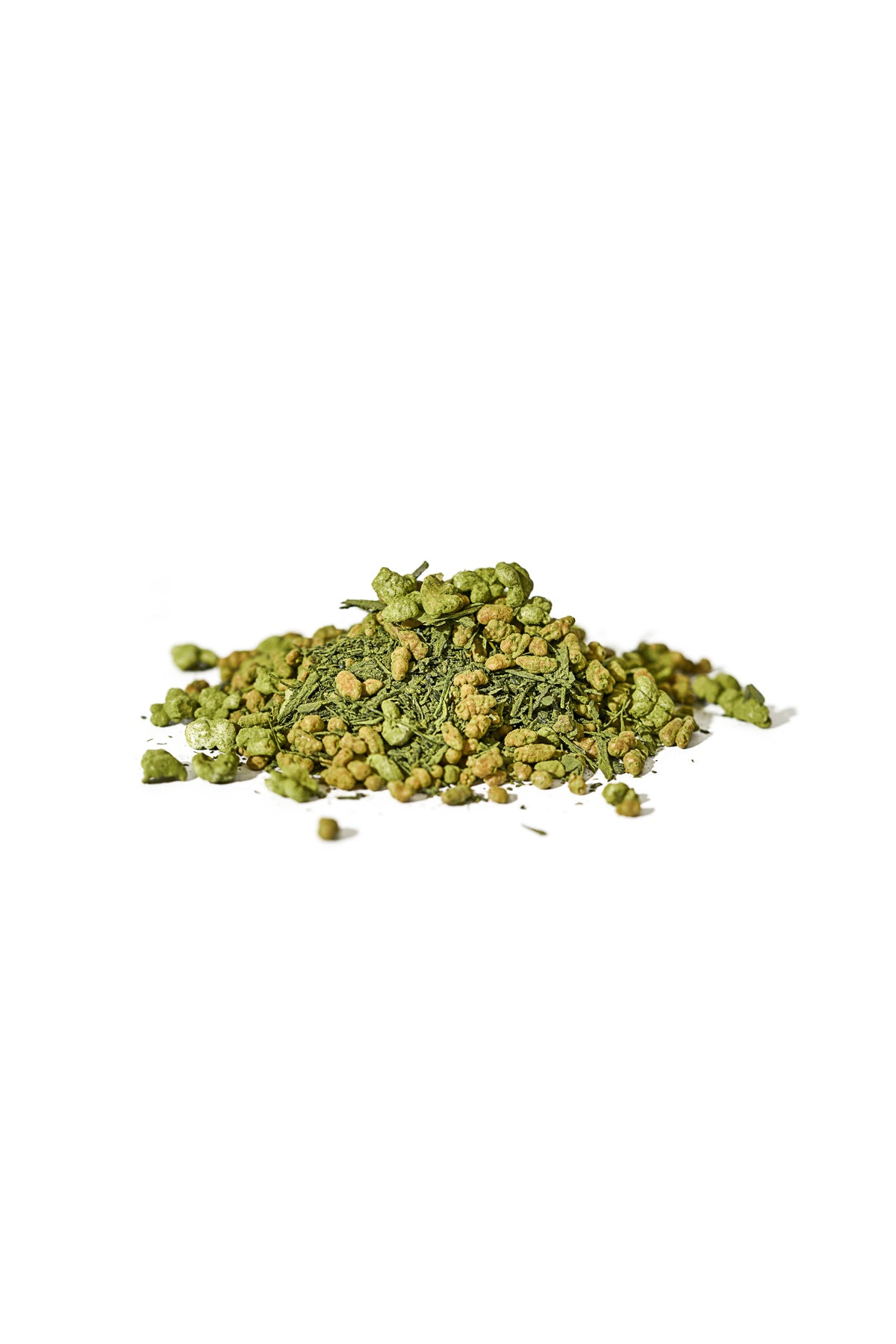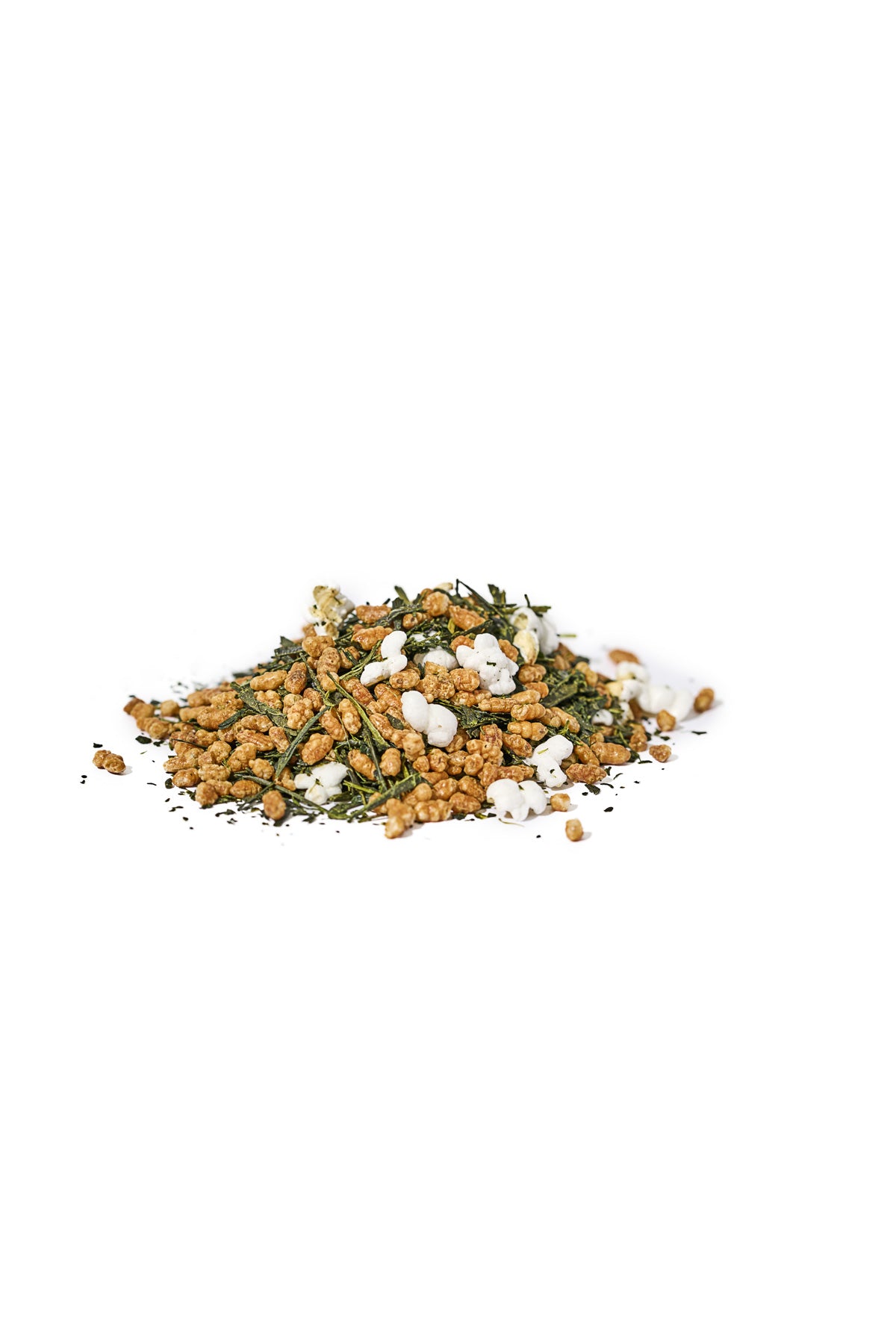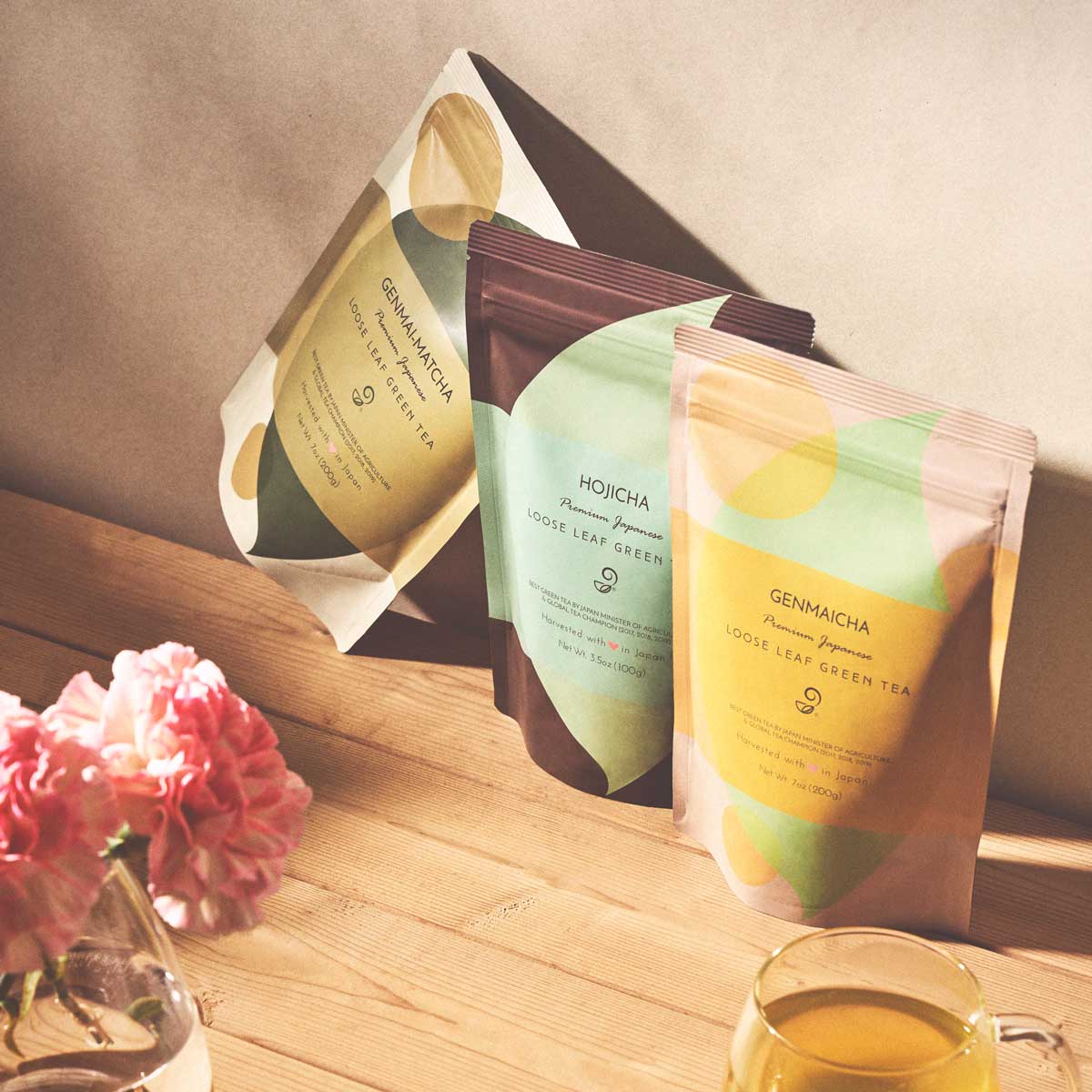Rice flour is quickly gaining ground in the market as more and more people gravitate toward it in order to avoid wheat flour. Although the idea of using it is a fresh concept for some people, especially in terms of health trends, rice flour has actually been around for a long time. It has been used in many traditional dishes and confections in Asian countries where rice is a staple.
For instance, rice flour is pretty much inherent to Japanese cuisine. "Mochiko," or cooked glutinous rice flour, is used to create the beloved sweet treat, mochi. Moreover, this flour from sticky short-grained rice is often used as a thickener for different sauces and as the primary ingredient in dango dumplings. On the other hand, "shiratamako," or uncooked glutinous rice, can be used to make sweets, although "joshinko," or non-glutinous rice flour, is more commonly used for making various confections.
Rice Flour or Powder
Although the name is quite self-explanatory, rice flour can be confused with rice starch, which is different. Rice flour or powder is made by finely milling rice, while rice starch is produced by soaking rice in lye.

Rice flour can be made from different kinds of rice. It can come from glutinous (sweet) or non-glutinous rice; from white, brown, black, red, or green rice; from short-, medium-, or long-grained rice; and from dry or wet milling. The dry milling process involves removing the rice husks to obtain raw rice grains and grinding them to a powder. With wet milling, a prior soaking in water is required, and the end product has the texture of moist sand.
Once upon a time, rice flour didn’t mill as finely as wheat. For example, "uruchi" (medium-grain rice), which is commonly cooked and eaten in Japan as a staple food, has always been milled for making delicacies like kashiwa-mochi, which is an oak leaf-wrapped rice cake. However, it wouldn’t work for baking bread for a couple of reasons.
The first issue involves the size of the uruchi flour grains, which used to be about 180 microns, more than triple the size of wheat flour grains. The other issue involves the damage done to the starch in rice by traditional milling techniques. This caused the flour to absorb too much moisture, which led to improper leavening and weird bread shapes.
Fortunately, technology these days has already fixed these issues. For example, rice flour can now have a granular size between 30 and 60 microns. It also has a much lower damaged starch content, making it a more viable substitute for wheat flour, which more and more people are trying to avoid.
Gluten-Free Option
In terms of baked treats, most people tend to think of products that use wheat flour. When you go to the store to get supplies for baking at home, you’re most likely to pick up some all-purpose flour, which is wheat-based. However, the problem with wheat flour is that it has gluten, a rather notorious allergen.
Some people fall ill from gluten. It is a protein found in grains such as barley, rye, and, of course, wheat. It doesn’t really provide any essential nutrients, and ingesting it in some way can trigger an immune reaction in some people.

There are those with celiac disease, a pretty miserable ailment that causes the immune system to attack its tissues, damaging the gut so that it cannot take in necessary nutrients. Some people are simply allergic and may develop a rash and itching from eating gluten. It’s a different story, though, if the allergic reaction is anaphylactic shock, which can be fatal.
Meanwhile, some people get much milder discomfort from eating wheat products. Such gluten intolerance and sensitivity may hardly register, but observation will lead to the realization that their health is much better without gluten. Symptoms include bloating, itching, flatulence, fatigue, etc.
Other Rice Flour Benefits
What if you don’t have a problem with gluten? Would it still make sense for you to use rice flour? The answer is "yes" because it offers more benefits than just being gluten-free. What are these?
Higher Water Content
Studies have revealed that wheat flour’s water content is 35 to 38 percent, while rice flour’s is 40 to 43 percent. This means that rice flour has fewer calories since water contains none.
Better Score on the Amino Acid Scale
The amino acid scale is the international standard for measuring protein content in food. Rice flour scores 60 while softer kinds of wheat flour score 44, so, in effect, rice flour has more protein than certain kinds of wheat flour.

More Pleasant Texture
Wheat flour bread has a tendency to become tough and lose shape once frozen and then defrosted. Rice flour is much more resilient, retaining its shape, softness, and elasticity even after changes in temperature.
Richer in Certain Nutrients
Besides its potentially higher protein content, rice flour is richer than wheat flour in carbohydrates, fat, magnesium, phosphorus, zinc, sodium, and vitamin B6.
Japan’s Rice Flour Trend
Whether it’s because of rice flour’s inherent good points or its novelty as a veritable wheat flour substitute, it has become more prevalent. It’s used not only in baking bread but also in making a wide range of goodies such as cakes, pastries, and doughnuts. It is, in fact, a favorite foodie trend in many places, including Japan, which is seeing a sort of reinvention of a very familiar traditional ingredient.

Rice flour is used not only for baking sweet treats but also in creating many varieties of food like pasta, okonomiyaki (a Japanese cabbage pancake), and gyoza (Japanese dumplings). It is necessary for making Japanese jam, a special delicacy that involves the use of a particular mold added to the rice flour to make koji, a distinctly Japanese starter used in the production of many fermentations.
To make jam, the koji is fermented, converting the starch into sugars and creating a sweet, runny, non-alcoholic mush that is boiled down into a creamy concoction. The resulting jam has a very distinct flavor that is primarily identified as a Japanese sweetness achieved without adding any external sugars. As a result, the jam has a taste similar to amazake, a sweet, non-alcoholic, or low-alcohol traditional Japanese drink made from fermented rice.
Home Baking With Rice Flour
This all-purpose version of rice flour is now available in stores, so you can also use it to make gluten-free bread at home. If you’re not quite up to the level of making your own bread, you can also use rice flour to bake simpler treats like cookies. For example, you can start with this recipe for gluten-free hojicha cookies.
Like rice flour, hojicha has garnered a growing following. It is a special kind of Japanese green tea, unique in that it is roasted instead of steamed. This process removes none of the usual bitterness present in tea. Instead, it gives it a smoky quality and a natural sweetness laced with notes of cocoa, making hojicha a new favorite for making gourmet treats from hojicha-flavored cakes and cookies to hojicha-accented lattes and ice cream.
If you want to make a sweet with delightful Japanese elements, here’s an easy recipe to follow:
Hojicha Cookies (Gluten Free)

Ingredients
- ½ cup Rice flour
- ⅓ cup Almond flour
- 1 ⅓ tbsp Cane sugar
- A dash of salt
- ½ tsp Baking powder
- 2 ¾ tbsp Vegetable oil (can use any)
- 2 tbsp. Soy milk
- 2-4 tsp. Hojicha Powder ( or Grind Hojicha Loose Leaf into powder)
Directions
- Preheat the oven to 325°F.
- Put the rice flour, almond flour, sugar, salt, and baking powder into a bowl and stir to combine with a whisk.
- Put the soy milk and oil into another bowl and mix them well. Then add it to the flour mixture. (If the dough doesn't stick together, add more soy milk to adjust.)
- Add Hojicha Powder to the dough and mix well.
- Use parchment paper to press the dough into a 1-inch thickness.
- Cut it into one-inch cubes. Add dots to each cube by using a chopstick.
- Place the cubes on the prepared baking tray.
- Bake for 15 minutes.
Download One-Page Printable Recipe PDF Now
We made a short video on how to do this.
Get Free Bonus Books

Sign up for free to the Green Tea Club to get advice and exclusive articles about how to choose Japanese Tea, and tips, tricks, and recipes for enjoying Japanese tea.
About the author
Kei Nishida
Author, CEO Dream of Japan
Certification: PMP, BS in Computer Science
Education: Western Washington University
Kei Nishida is a passionate Japanese green tea connoisseur, writer, and the founder and CEO of Japanese Green Tea Co., a Dream of Japan Company.
Driven by a deep desire to share the rich flavors of his homeland, he established the only company that sources premium tea grown in nutrient-rich sugarcane soil—earning multiple Global Tea Champion awards.
Expanding his mission of introducing Japan’s finest to the world, Kei pioneered the launch of the first-ever Sumiyaki charcoal-roasted coffee through Japanese Coffee Co. He also brought the artistry of traditional Japanese craftsmanship to the global market by making katana-style handmade knives—crafted by a renowned katana maker—available outside Japan for the first time through Japanese Knife Co.
Kei’s journey continues as he uncovers and shares Japan’s hidden treasures with the world.
Learn more about Kei

